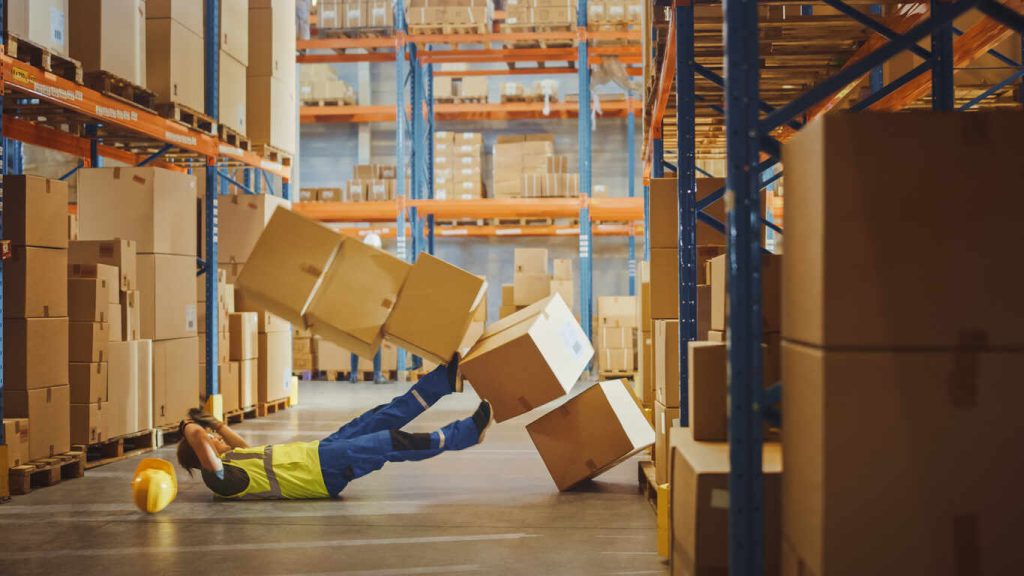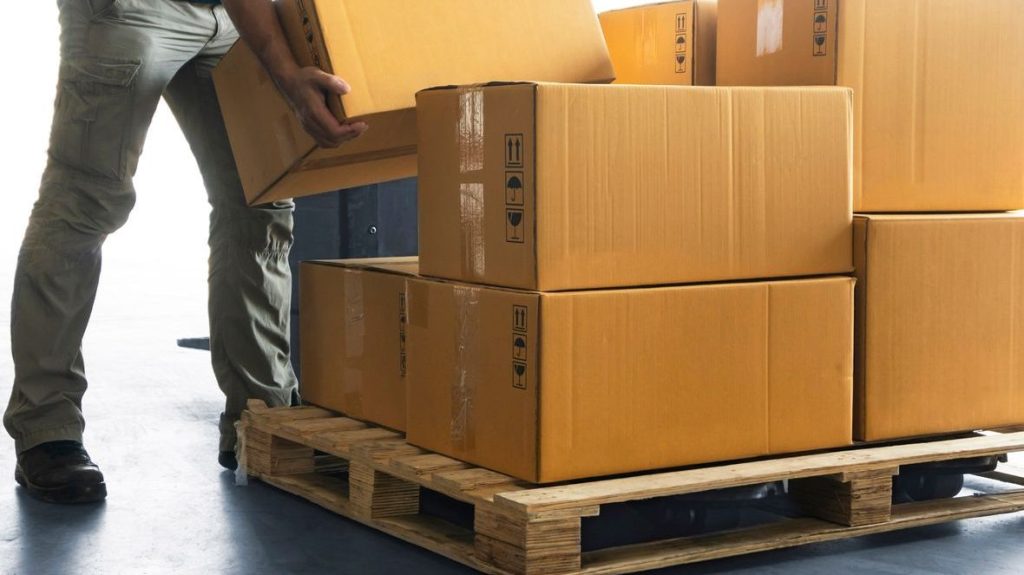Introduction
Pallet safety is paramount in preventing workplace injuries and ensuring smooth operations in any facility that handles palletized goods. Workplace accidents not only cause physical harm to employees but also result in a significant administrative burden, including Workers’ Compensation claims, OSHA paperwork, and the need to revise standard operating procedures.
By implementing correct pallet stacking practices, facilities can enhance safety, improve efficiency, and reduce labor costs. In this article, we’ll explore five essential tips for safe and efficient pallet stacking.

Adhere to recommended pallet stacking heights
When stacking pallets for pickup by a logistics provider, it’s crucial to follow their guidelines. For example, Atomoving recommends stacking pallets no higher than 15 units to ensure safe loading into their box trucks. When loading pallets into semi-trucks or flatbed trailers, the safe stacking height is typically 18 pallets. According to NFPA guideline 34.10.3.3, idle pallet stacks should not exceed 15 feet in height. Adhering to these recommendations prevents the need for forklifts to break down taller stacks, which can be time-consuming and less safe.
Create a stable foundation with the bottom pallet
The stability of a pallet stack depends on the foundation provided by the bottom pallet. Always place pallets on a smooth, even surface and ensure they are right-side-up. Never stack pallets on their side, as this compromises the stack’s integrity. OSHA guideline 1910.176(b) states that pallets should be “stacked, blocked, interlocked and limited in height so that they are stable and secure against sliding or collapse.” By creating a strong base, facilities can prevent accidents caused by unstable pallet stacks.
Organize pallets by type for even stacks
Facilities often handle various types of pallets, such as wooden, plastic, or pooled pallets from providers. To ensure even and stable stacks, it’s best to group like pallets together. This practice not only improves stack stability but also allows for better assessment of fire safety risks and streamlines the pallet collection process for pooling providers.
Use pallet jacks to avoid manual lifting injuries
Manual pallet stacking and dragging can lead to severe injuries. To minimize this risk, always use a pallet jack to reposition pallets. As a general rule, team members should not manually stack pallets higher than six units or down-stack from more than nine units high. By relying on pallet jacks for lifting and moving, facilities can significantly reduce the likelihood of musculoskeletal disorders and other lifting-related injuries.
Designate clear pallet storage areas away from walkways
According to the U.S. Department of Labor, slips, trips, and falls account for 15 percent of all accidental deaths in the workplace. To mitigate this risk, designate specific areas for pallet storage that are clear of walkways and other high-traffic zones. Regularly inspect these areas to ensure they remain free of debris and obstacles. By maintaining a tidy and organized pallet storage system, facilities can significantly reduce the potential for accidents caused by improperly placed pallets.

Conclusion
Implementing these five essential tips for safe and efficient pallet stacking can significantly improve workplace safety and streamline material handling operations.
By adhering to recommended stacking heights, creating stable foundations, organizing pallets by type, using pallet jacks for lifting, and designating clear storage areas, facilities can reduce the risk of accidents and optimize their pallet management processes.
It is crucial to include safe pallet stacking guidelines in your facility’s safety plan and to regularly train employees on best practices. For more expert advice on pallet safety and optimizing your supply chain, consider reaching out to a trusted material handling equipment provider like Atomoving.




Wow wonderful blog layout How long have you been blogging for you make blogging look easy The overall look of your site is great as well as the content